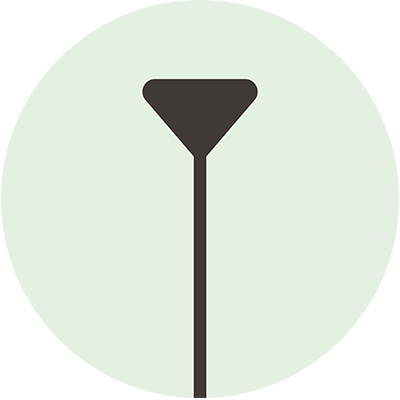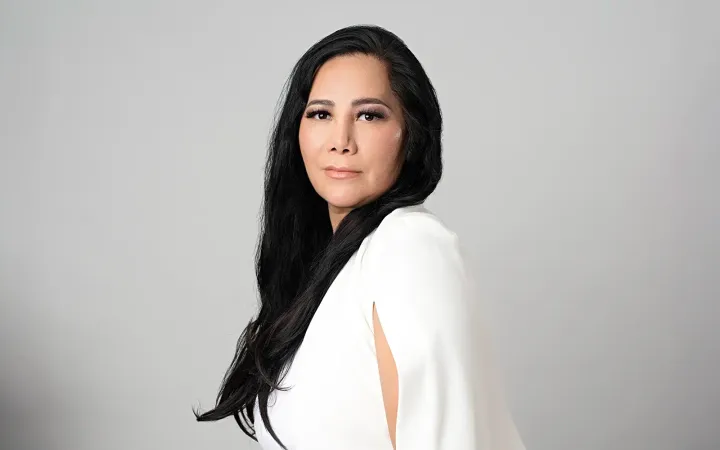
Por Loreley Maldonado

A solas o en pequeños grupos se les ve andar a paso apresurado; cargan recipientes que se disponen a llenar de agua y atraviesan veredas, caminos empedrados, cerros y llanos. Mujeres y niñas son responsables de buscar agua en siete de cada diez hogares del mundo, según UNICEF y la Organización Mundial de la Salud. Llevar agua a casa es trabajo de mujer, y un peligro latente para madres e hijas.
En ese contexto, hablar de escasez de agua es hablar también de género. En una gran mayoría de países del mundo, sobre todo los subdesarrollados, las mujeres soportan la carga de recoger agua para los hogares que no cuentan con el suministro local. Muchas caminan por horas hasta llegar a los manantiales, pozos, represas, o bien esperan a que las pipas de agua potable lleguen a sus comunidades, incluso a deshoras, haciéndolas vulnerables ante cualquier peligro, que puede ir desde accidentes, robos, secuestros, violaciones, hasta feminicidios.
En México el panorama no es más alentador. La falta de servicios e infraestructura que permita hacer llegar el vital líquido a las comunidades más alejadas afecta desproporcionadamente a mujeres y niñas, quienes enfrentan mayores riesgos como el acoso y la violencia, más allá de la salud, por tener que usar baños insalubres, alejados y por no tener acceso al agua potable.
Las mujeres y el agua fue uno de los principales temas abordados durante las conferencias de la Semana Mundial del Agua en Estocolmo, Suecia, evento al que tuve la oportunidad de asistir la semana pasada y constatar la relevancia de las mujeres y las niñas en la gestión de este recurso.
Desafortunadamente, los indicadores utilizados para el seguimiento mundial de los servicios de agua potable, saneamiento e higiene, son limitados y no hay suficiente información sobre su desdoblamiento en materia de género, edad, discapacidad u otras características individuales.
Según el Instituto Internacional de Gestión del Agua (International Water Management Institute), las mujeres y las niñas dedican aproximadamente 200 millones de horas cada día a recolectar agua para uso doméstico en el mundo.
Debido a que los datos no son específicos y no representan el problema real en materia de género que se desarrolla detrás del acarreo de agua por parte de mujeres y niñas, la autoridad se ha hecho a un lado, argumentando que carece de elementos que justifiquen implementar estrategias para minimizar el riesgo que esta situación representa para ellas.
Afortunadamente, organizaciones, empresas y fondos, comprometidos con temas sociales y medioambientales, han puesto el ejemplo en el empoderamiento de las mujeres y las niñas. Fue justo en la capital de Suecia, donde se presentó el Fondo para la Justicia del Agua, el primer mecanismo de financiación mancomunada que pone al frente a las mujeres y niñas en materia de acción climática. Dicho fondo es impulsado por Simavi y Women Win, organizaciones cuya misión es luchar por la igualdad y superar las barreras para que mujeres y niñas reclamen sus derechos humanos al agua y al saneamiento. Todo ello se une a la creación de una Agenda Feminista del Agua que promete darle a la mujer el espacio que se merece en la toma de decisiones al respecto de la gestión del líquido más preciado.
Si remontamos a los orígenes de las recolectoras de agua y lo analizamos a profundidad, podremos comprender la necesidad de las mujeres por contar con el suministro del agua por el uso que le dan, no sólo en las labores domésticas sino también en las productivas que llevan a cabo diariamente para mantener el bienestar de sus familias y sus hogares, aunque tengan que ser justamente ellas quienes deban ir personalmente a buscarla, pese al riesgo que esto representa.
Las opiniones expresadas son responsabilidad de sus autoras y son absolutamente independientes a la postura y línea editorial de Opinión 51.
Más de 150 opiniones a través de 100 columnistas te esperan por menos de un libro al mes.






Comments ()